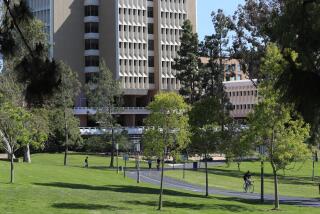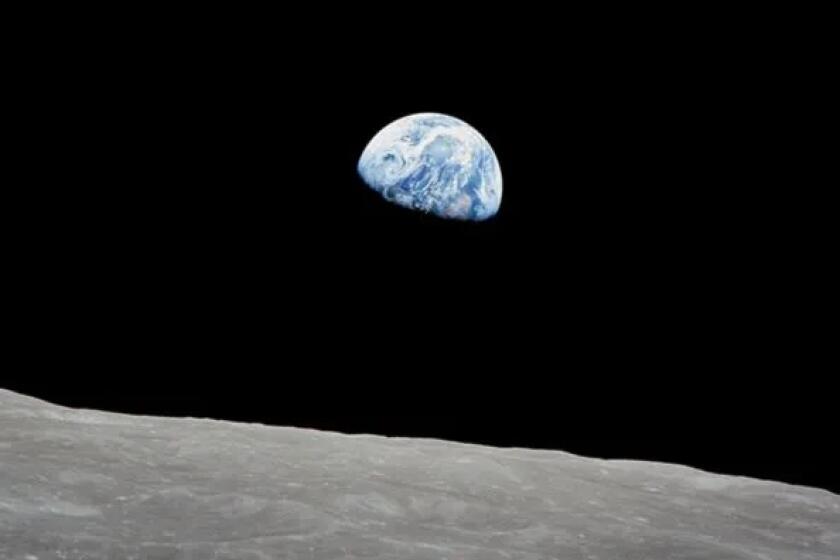Was anyone snubbed in Monday’s Nobel Prize announcement?
On Monday, the Nobel Prize in Physiology or Medicine was given to two men, John Gurdon and Shinya Yamanaka, for their work describing how to coax adult cells back to an embryonic state, essentially “reprogramming” them. Gurdon showed that transferring the DNA-containing nucleus of a frog embryonic cell into an adult frog cell would revert the cell to its embryonic tadpole state, and Yamanaka showed that a set of genes could be used to turn adult skin cells back into pluripotent cells that could then turn into any type of tissue in the body.
Both Gurdon and Yamanaka’s seminal studies, conducted some 45 years apart, transformed biology, and there appears to be unanimous excitement in the scientific community for this year’s prize.
But the Nobel committee can select up to three winners. So when they leave an empty slot -- as they have about half the time over the last 20 years -- scientists play the kind of game usually reserved for sports fans or film buffs: Who was snubbed? “I would definitely say that people have noticed that that third slot was not filled,” said Paul Knoepfler, a stem cell biologist at UC Davis.
One name that Knoepfler mentioned was James Thomson, the Wisconsin researcher famous for being the first to isolate human embryonic stem cells -- courting controversy in the process because the research involved the destruction of human embryos. But this year’s award was not specifically for work on embryonic stem cells; that Nobel Prize was given in 2007, and Thomson was not among the winners (all of the researchers who received the 2007 prize carried out their work in the 1980s with embryonic mouse stem cells, not human).
Thomson’s more relevant work was performed contemporaneously with Yamanaka’s. Thomson published a paper at the same time as Yamanaka that also showed that adult human cells could be reverted to a pluripotent state. Yamanaka’s paper appeared in the journal Cell, Thomson’s in Science.
So why was Thomson not on the list? Christopher Scott, director of the Program on Stem Cells and Society at Stanford, says he thinks it’s because Yamanaka’s approach was more elegant and transformative than Thomson’s. “Yamanaka’s experiments seemed to just come out of the blue,” Scott said. “The sheer audacity of thinking it’s just a couple genes … The committee probably said, ‘Yeah, just in terms of the inventive step, it’s Yamanaka.’” In addition, Yamanaka published a paper one year earlier using mice, also in Cell, that set the stage for his big discovery in human cells, suggesting that he got there first.
Both Knoepfler and Scott agree that the fact that Thomson worked with human embryonic stem cells had nothing to do with the snub. “I don’t agree with the idea that it’s based on ethical controversy,” Knoepfler said. “I strongly doubt that plays a role.”
Other names that could have filled the third Nobel slot have come up as well. One is Ian Wilmut, who cloned Dolly the sheep. But Wilmut used essentially the same method as Gurdon. “Ian would have fit in nicely,” Knoepfler said. “What I’ve heard is that he didn’t get it because his work came directly from earlier work. Wilmut was the first to do [nuclear transfer cloning] in mammals, but it wasn’t totally transformative.”
In other words, no one doubts the importance of these two researchers’ work. But to win a Nobel Prize, researchers need to have achieved a singular, paradigm-shifting discovery. That often leaves out many of the world’s best scientists, who, even while making important breakthroughs -- the first cloned mammal, the first isolated human embryonic stem cells -- build their careers on the discoveries of others.
That can be frustrating come Nobel time. Just ask James Thomson and Ian Wilmut.
You can read Yamanaka and Thomson’s dueling papers here and here.
Return to the Science Now blog.






